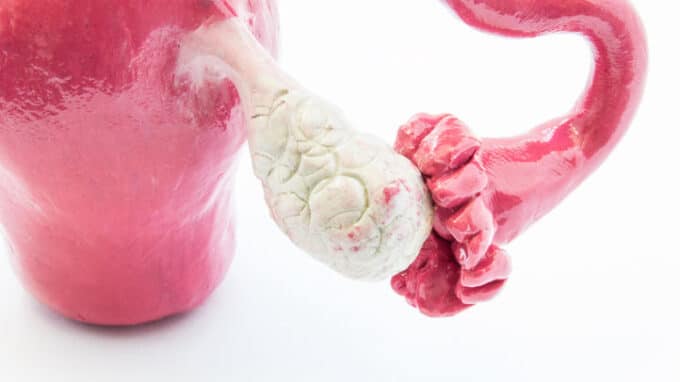A woman’s ovaries are like a factory where egg cells grow and produce hormones that regulate everything from menstruation and pregnancy to bone density and mood. As she and her factory age, production declines, and when she reaches menopause (at 51 years of age on average), the factory prepares to close its doors.
A new study by Northwestern Medicine in mice has found a new way to extend the “healthspan” of this factory – by improving the preservation of the ovaries and preventing important age-related changes in ovarian function. “Healthspan” refers to the length of time a person remains healthy and free of serious or chronic illness. The results of the study were published in the journal GeroScience.
Ovarian Function Must be Preserved for Longer
“The average age of menopause has remained constant over the years, but women are living decades longer due to health and medical advances,” explained corresponding author Francesca Duncan, associate professor of obstetrics and gynecology (reproductive science in medicine) at the Feinberg School of Medicine at Northwestern University. “We have changed our way of life, and our ovarian function needs to catch up to have an organ that works proportionately to extend women’s lifespan.”
For this study, the researchers used pirfenidone, which is commonly used to treat idiopathic pulmonary fibrosis. However, further studies are ongoing to determine optimal drug targets for ovarian fibrosis and to conduct clinical trials in women. This drug, according to Duncan, cannot be used for this purpose in a clinical setting because it has significant side effects, such as liver toxicity, although this has not been observed in mice. However, the researchers have provided proof of concept: they can modulate ovarian fibrosis and improve outcomes. They are now actively working to find a safe and effective drug to achieve the same in humans.
How Stiff Ovaries Affect Aging
In an earlier study, Duncan’s lab was the first to discover that ovaries become excessively inflamed, fibrotic, and stiff with age – similar to scarring in other tissues. Because cancer cells prefer collagen-rich, stiff environments, aged ovaries provide suitable conditions for cancer cells to proliferate. The earlier study found that stiff ovaries also impair egg quality, which may explain why fertility declines in women in their 30s and 40s.
In the new study, mice treated with drugs designed to reduce ovarian scarring had higher follicle counts, improved ovulation and normal hormone levels. For now, solutions to age-related fertility decline, such as freezing one’s own ova, are only a stopgap, according to the researchers. You will still transfer those embryos into an older woman, which carries its own risks.
The Goal is to Optimize the Ovarian Environment
Extending a woman’s fertility window is only part of the equation, according to Duncan. “We’ll probably shift the fertile window, but that’s not the ultimate goal of the study,” Duncan said. “Not everyone is interested in having children.” This study is focused on ways to improve the ovarian environment so that it can continue to produce important hormones much later in a woman’s life.
Low estrogen and progesterone speeds up the breakdown of bone, increasing the risk of osteoporosis. Low hormone levels can also lead to an increased risk of cardiovascular disease, cause thinning of the vaginal walls, leading to discomfort during sex or urinary problems, and worsen cognitive function and mood. “Fixing the ovarian environment, as Duncan suggests, solves all of these problems because you have follicles and oocytes that can contribute to fertility and hormone production. This addresses the root of the problem.”





